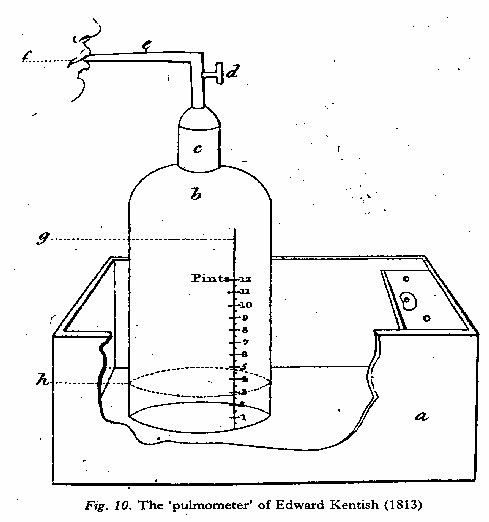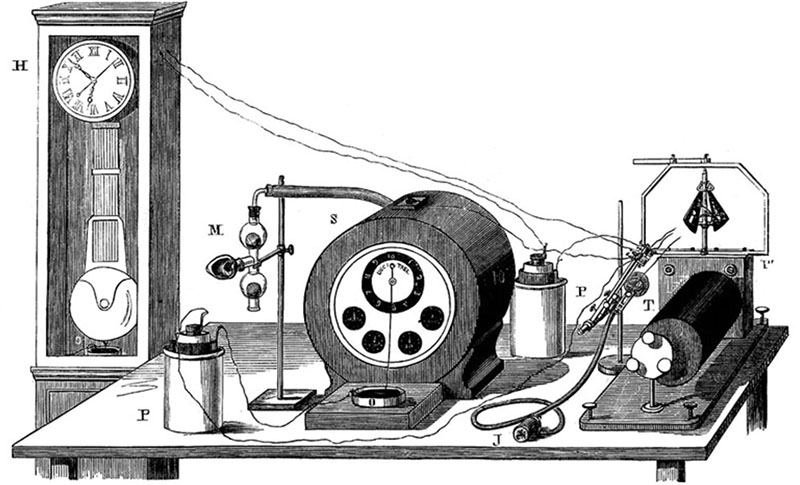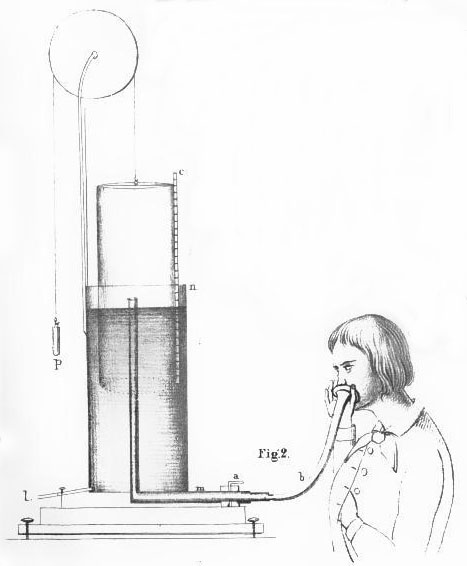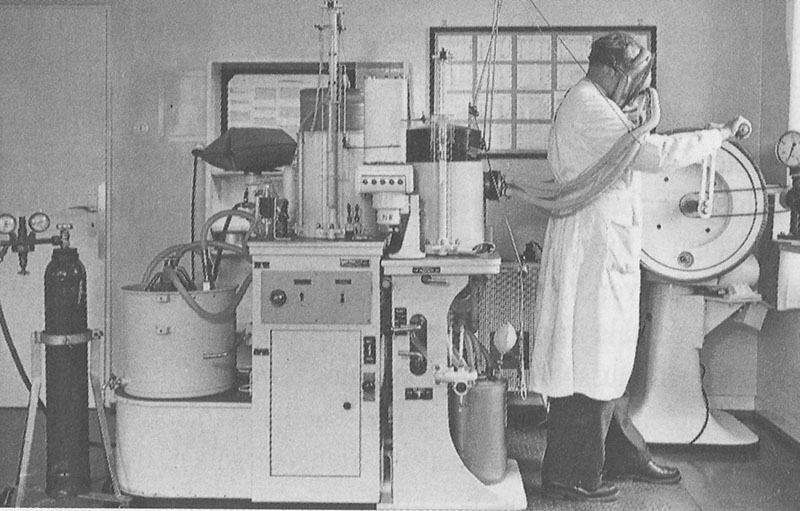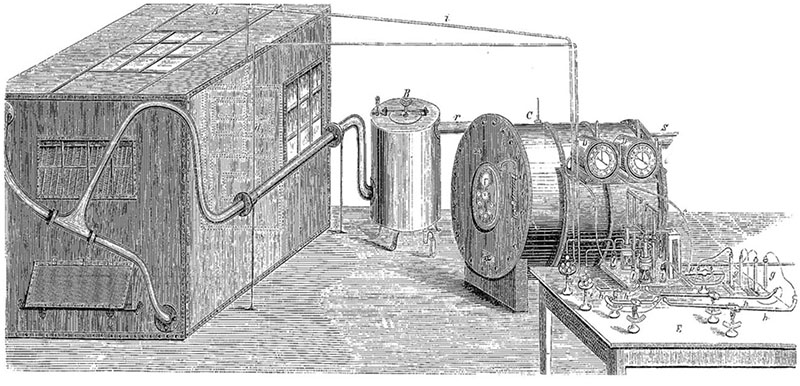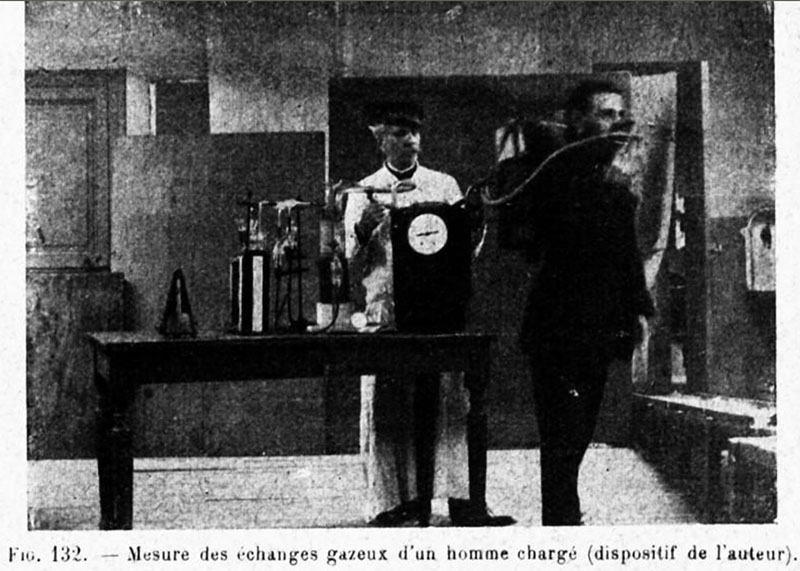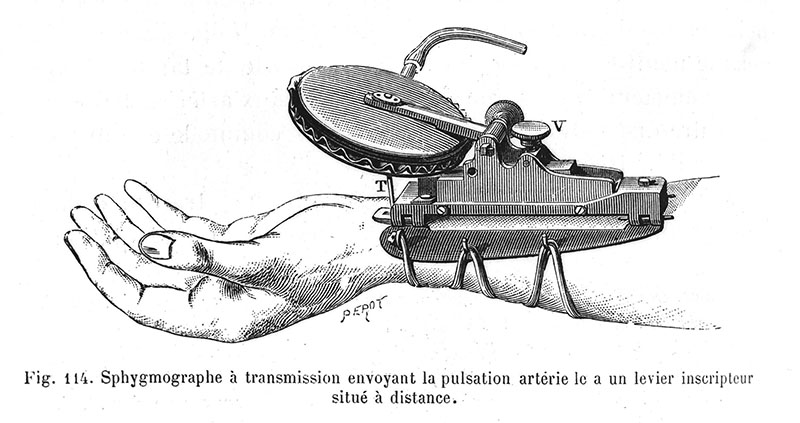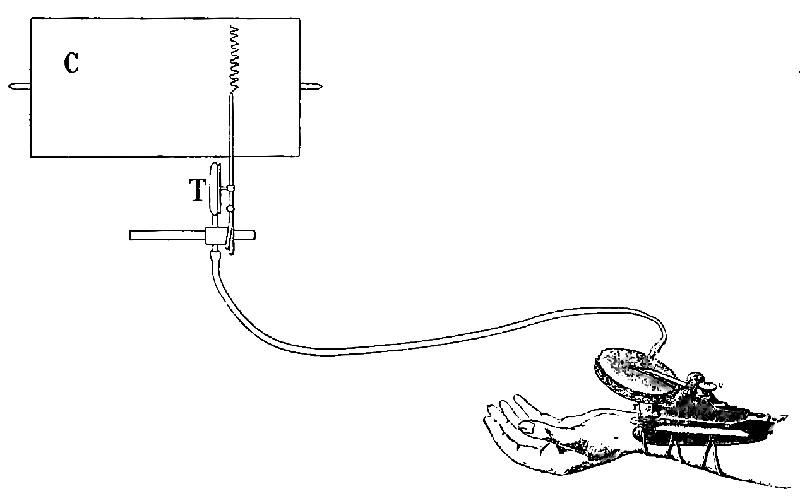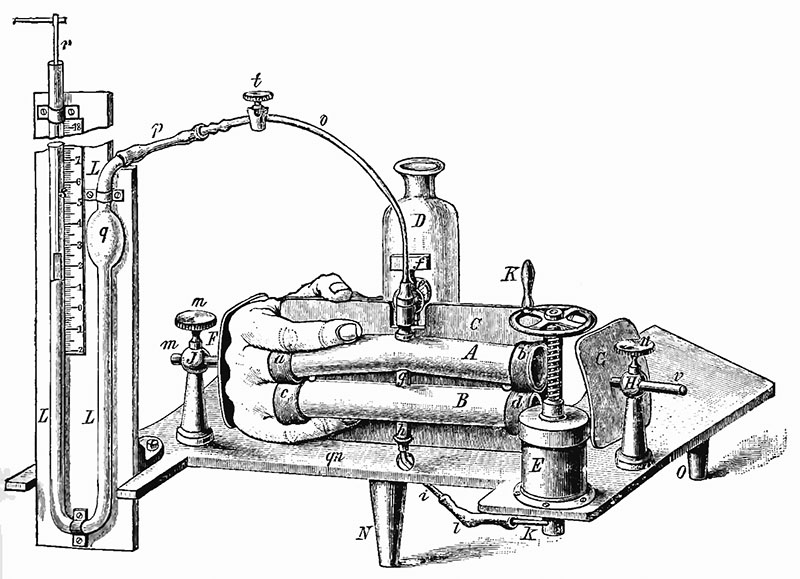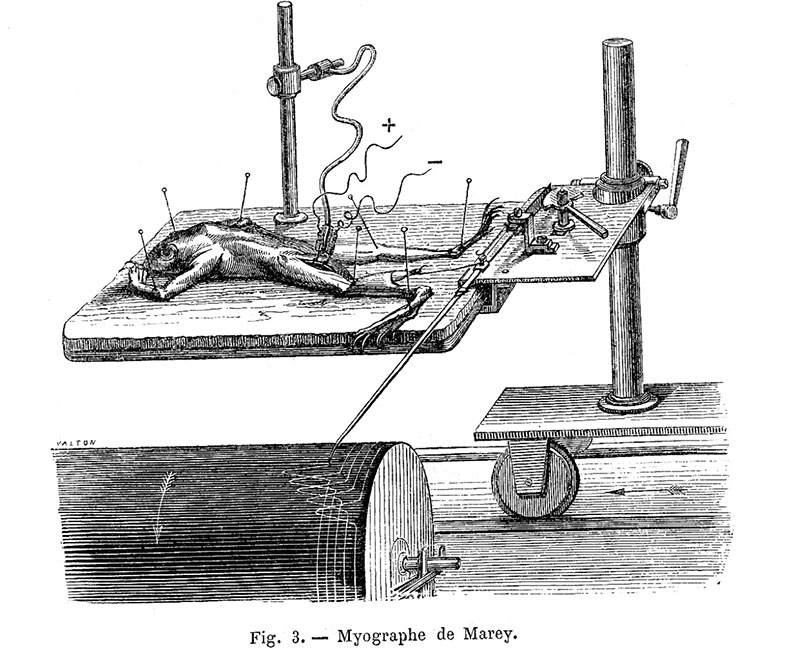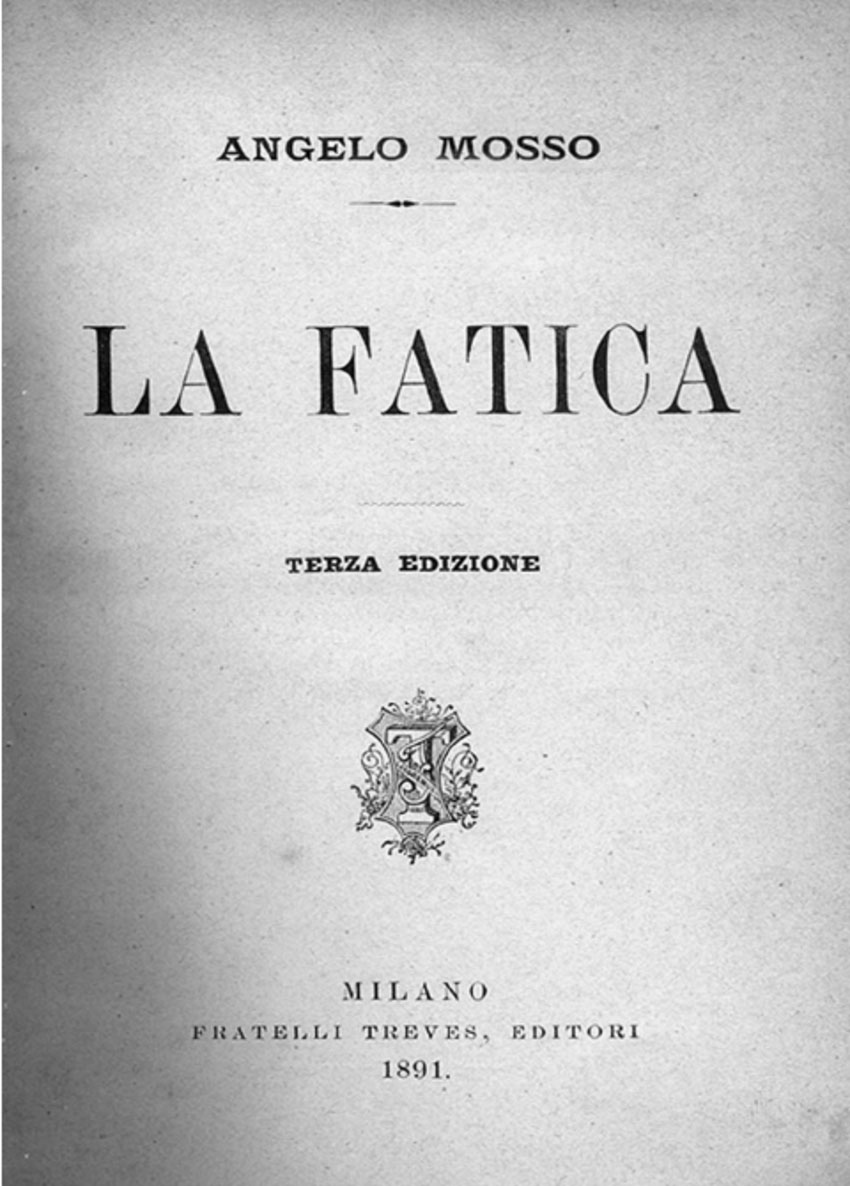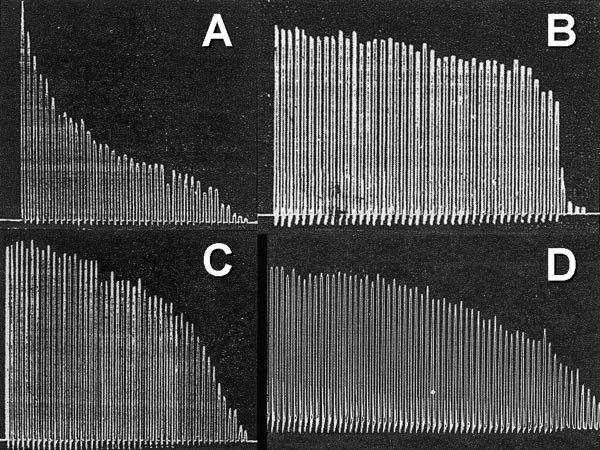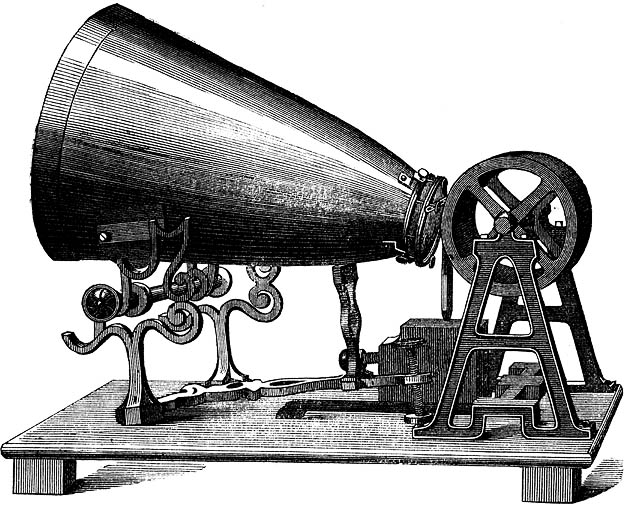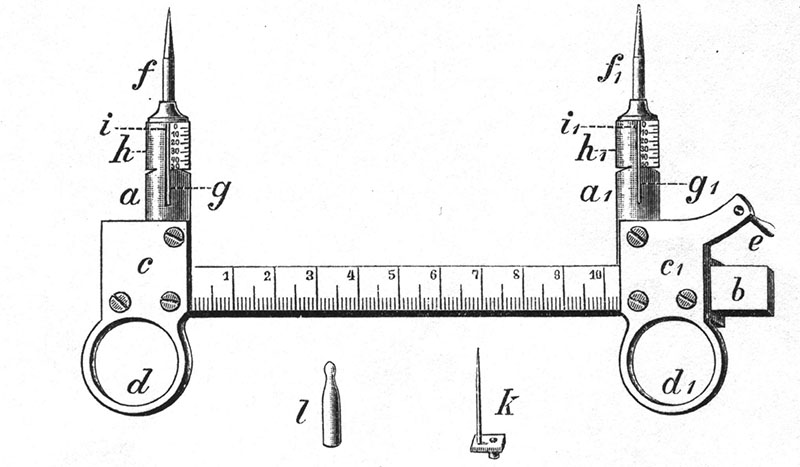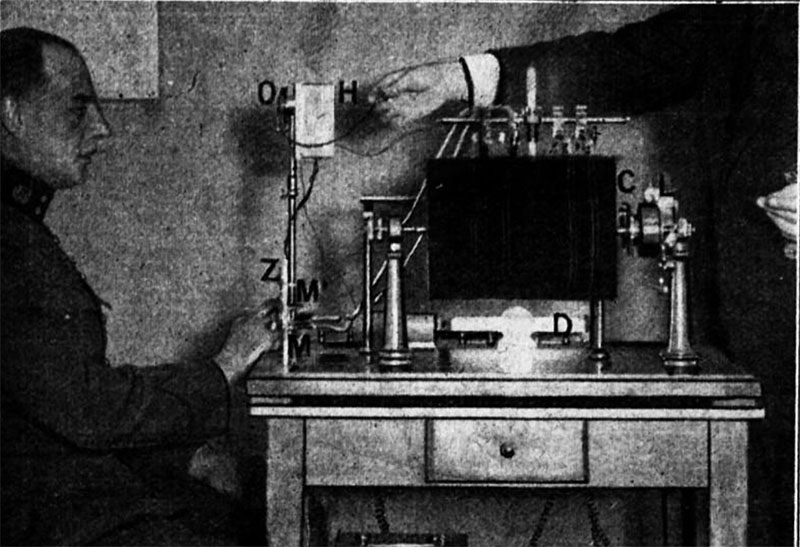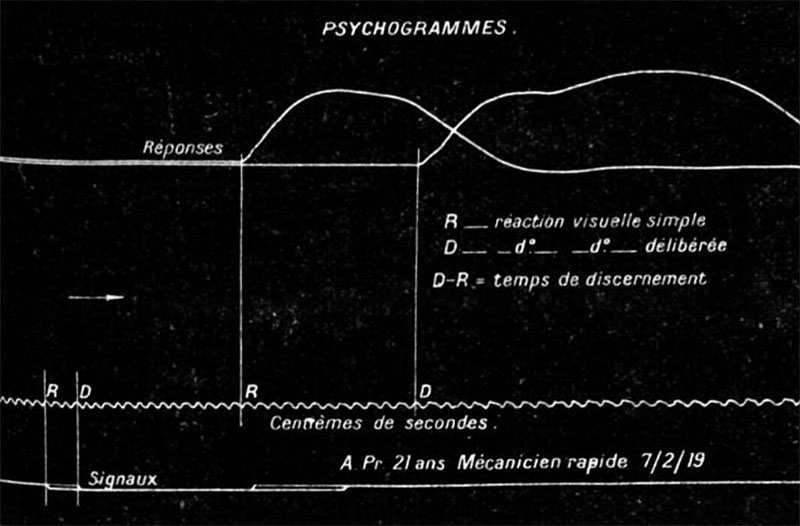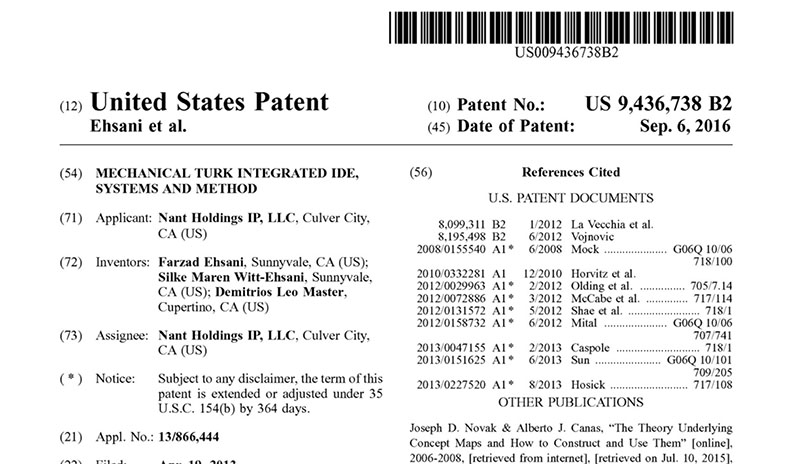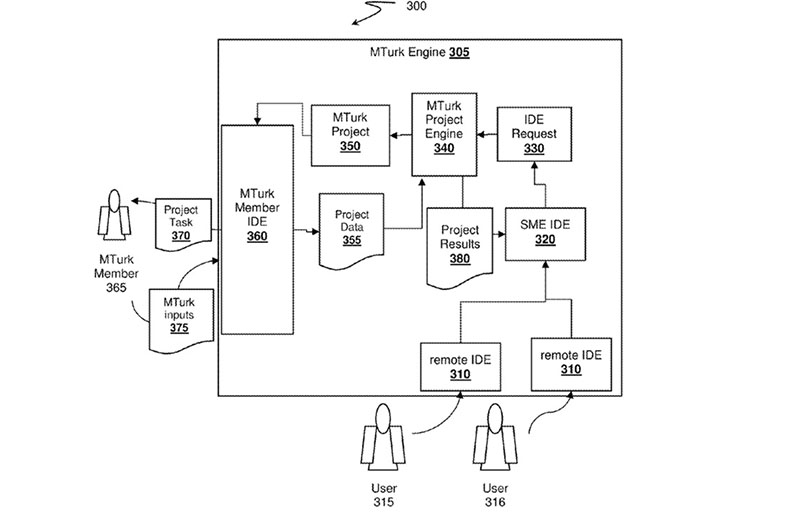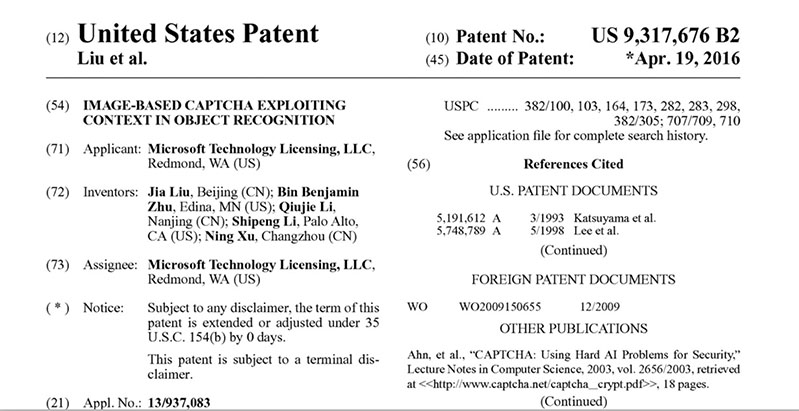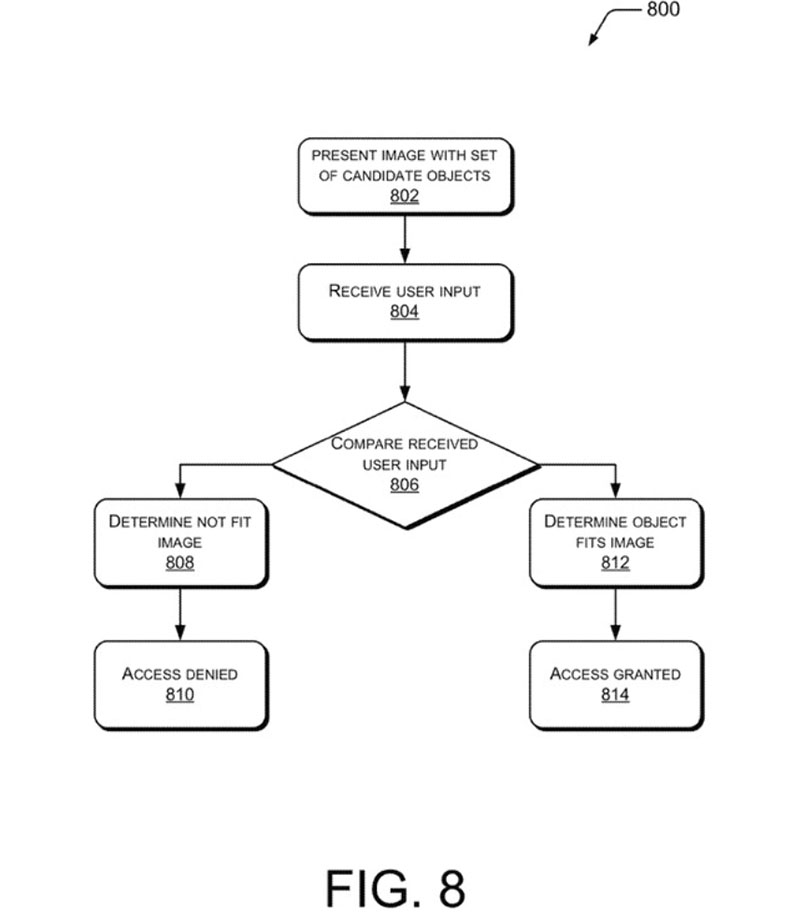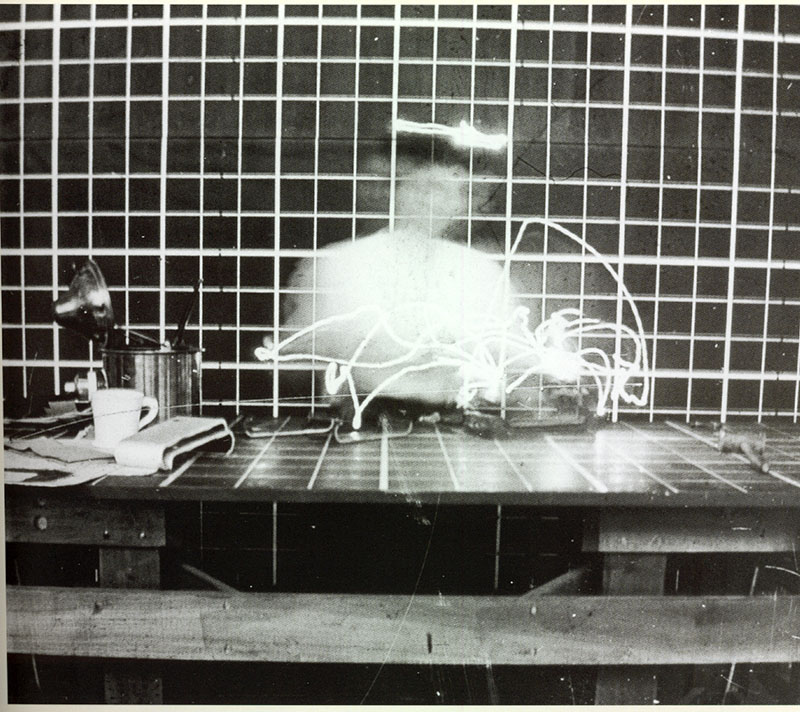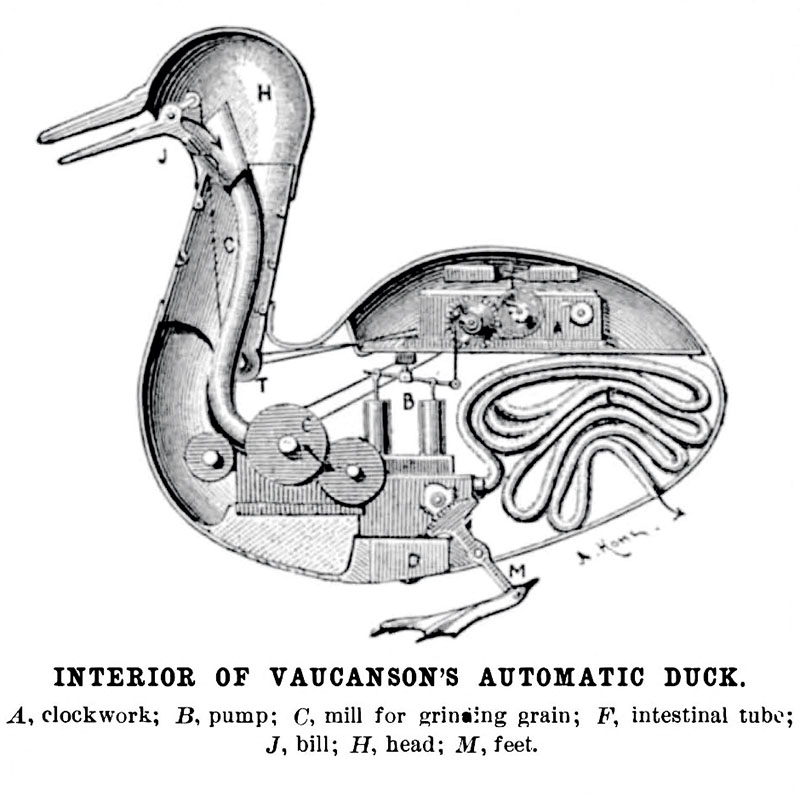
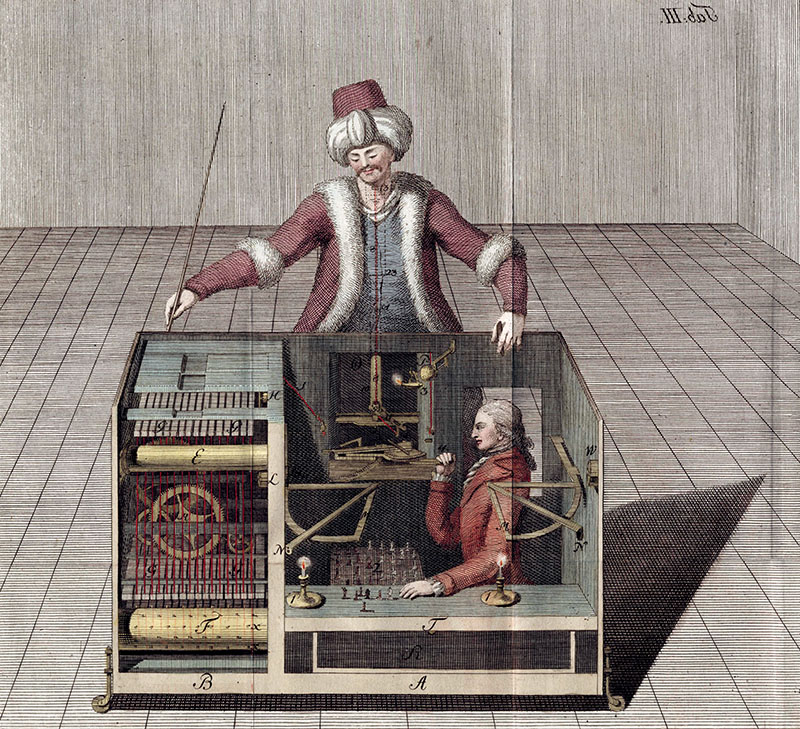
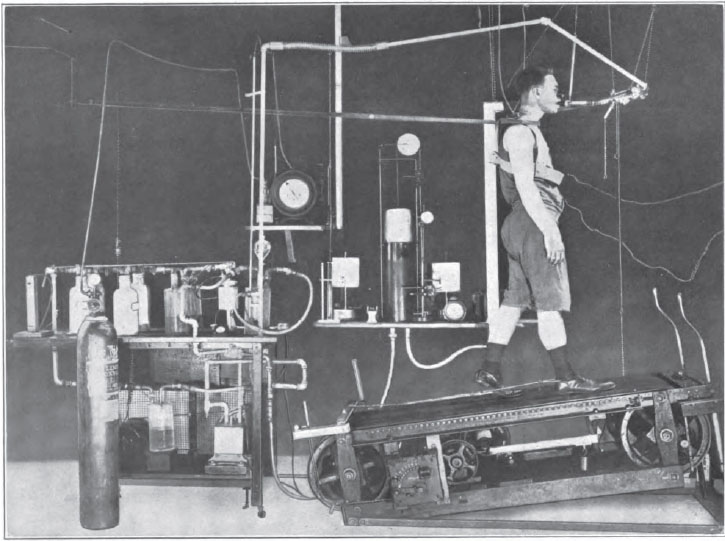
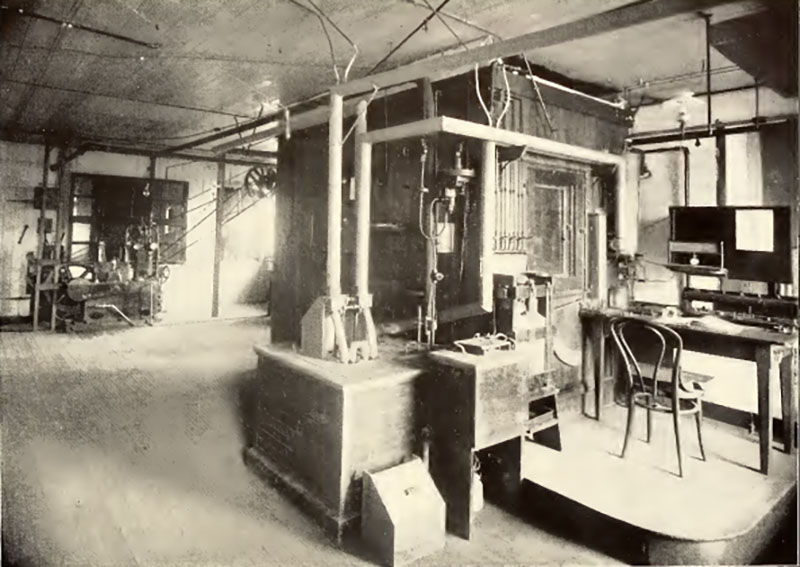
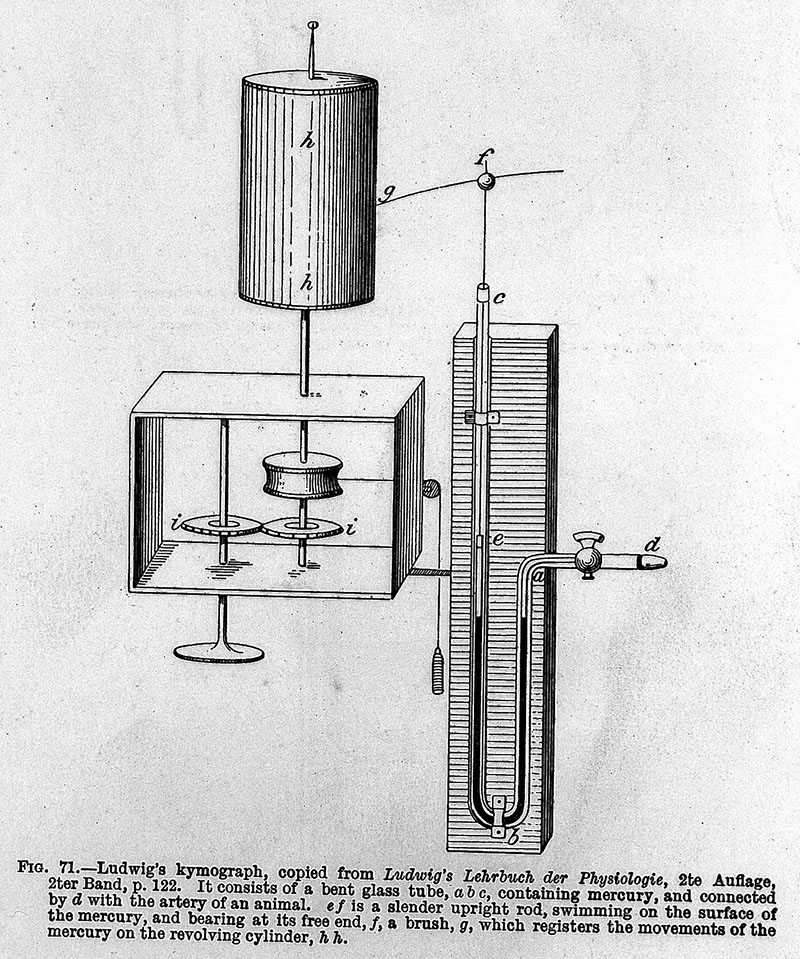
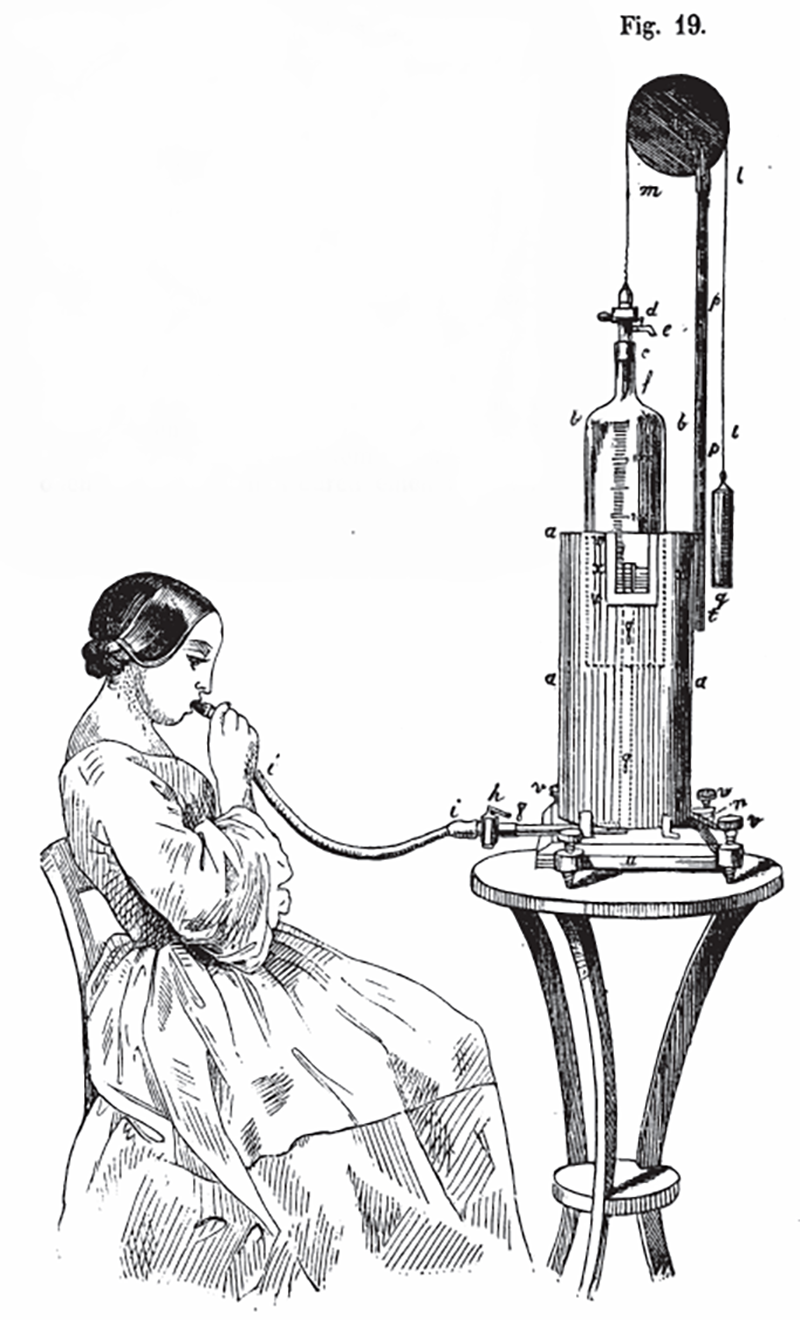

Human Computers is a mediarchaeology study of the shared origins of computers and labor division. We have observed the history of the relationships between humans and machines, through the labor perspective. We traced the history of this relationship from the contemporary digital labor regime, back to the very first computing factory. This factory, set in 1793 during the French Revolution by a French engineer, Gaspard Riche de Prony, was inspired by Adam Smith’s labor division theory. The automation of calculation was organized as a modern factory, workers being embodied in the chain of calculation. Since then human intelligence is now systematically put to work by machine learning and artificial intelligence processes. This history is not linear, taking multiple paths, multiple roads. We followed different leads, scrutinising all the different stories convoked in the computing history: one of them tells the story of the invisibility of women at work, throughout the parallel history of the human computers and the automation of calculation (Marie Lechner). Another story relates the history of automata, starting with Vaucanson’s Digesting Duck (1739) and Von Kempelen’s Chess player, the infamous Turc Mecanique (1770), and concluding with Amazon’s “Human in the loop” microworking platform Amazon Mturk (2001). A third story follows the history of labor’s physiological measurements, a pseudo-science known as Metrics. All stories are linked together, and we can move from one story to an other, by using shortcuts, either historical facts, machine genealogies, or symbolic associations.
The perspective of the human as machine, or the human-engine, literally haunts the whole modern era. Constructed upon a mechanistic and thermodynamic conception of the human body, this vision led to the invention of numerous instruments to optimize productivity by measuring and quantifying human efforts, and to the development of a whole scientific field, labor physiology or metrics. Starting as laboratory experiments, mixing fatigue and efforts quantification, ergonomics, psycho-physiology, hygienism, Metrics entered factories along with the taylorist organization of work, as well as schools, to prepare children to the industrial society. Metrics gave birth to a doctrine of the future models of work management, Fordism and Toyotism, and continued to keep its influence up until the contemporary digital era, in which data metrics and data capture have created new markets, new business models, and in which work and labor tend to be hidden, looping with the history of computing. We tried to index the different inventions, the instruments, the experiments that structured this story, retracing a full genealogy that underlines the vision of the human-machine, as a mechanism, as an engine. The research is an attempt to shed a new light on the digital labor regime. This index takes the form of an historical timeline, classifying techniques by organs, as functions, states of the human body at work, embracing two centuries of mechanistic applications, from Edward Kentish’s pulmometer in 1813 to Frank and Lilian Gilbreth’s Chronocyclographs in 1915, to conclude in the contemporary era with Amazon’s dystopic patents of the ultrasonic bracelet in 2016.
Human Computers is a collaborative research, conducted by RYBN.ORG and Marie Lechner, initiated within the PAMAL – Preservation & Art Media Archaeology Lab, Avignon.
http://www.rybn.org/human_computers/
Annex : index of illustrations
Preamble : Automata, human engine.
Digesting duck, Jacques de Vaucanson, 1738
Vaucanson’s automatons (which was subsequently appointed inspector of silk factories) were presented at the Sciences Academy in 1738. Ten years later, La Mettrie extends to the human the concept of Descartes’ animal machine in “The human machine”.
2. Turc Mécanique, Wolfgang von Kempelen, 1770
Human embedded in the machine
3. Publication, “Le moteur humain”, Jules Amar, 1913.
I. Lung, metabolism.
- Pulmometer, Edward Kentish, 1813
5. 6. 7. 8. 9. 10. Spirometers, 1846 – 1963
The first invention of our fresco is the Pulmomètre by Edward Kentish (1813), followed by a long series of Spirometers, used to measure the volume of inspired and exhaled air : John Hutchinson (1846), Alton Wintrich (1854), Boudin (1875), Dagatz-Knipping (1963).
11. Respiration Chamber, Max von Pettenkofer & Carl von Voit, 1866
This device allows to control the absorption of food and the waste emitted within a given period of time.
12. Calorimetric Chamber, Atwater-Rosa-Benedict, 1892-1897
13. Gaz Exchange measurement of a man loaded, Jules Amar
Jules Amar uses a spirometer for his laboratories studies on the smallest energetic consumption for the execution of a simple industrial task involving working tools. (Le Moteur humain, Jules Amar, §62. : “The expenditure of an engine is its energy consumption, either in fuel for inanimate engines or in food for animated engines.“)
III. Heart.
- Kymograph, Carl Ludwig, 1850
15. 16. Sphygmograph, Etienne-Jules Marey, 1860 (Marey EJ (1885) La Methode Graphique, Paris)
17. Sphygmomanometer, Angelo Mosso, 1883
These instruments measure the variations in arterial pressure.
IV. Muscle, fatigue.
- Myograph, Etienne-Jules Marey, 1873.
19. Fatigue curves, Angelo Mosso, 1884
20. Publication « La fatica », Angelo Mosso, 1891. He formulates laws pertaining to exhaustion. The productivity problem turns into how to reduce the loss of energy in the conversion of energy into workforce.
21. 22. 23. Ergograph, Angelo Mosso,1884
V. Brain.
- Noematachograph, Franciscus Cornelius Donders, 1865.
Instrument for measuring simple or complex reaction time, compared to a mental chronometer.
25. 26. Alfred Binet studies mental fatigue through experiments on pupils, conducting Binet to develop a metric scale for the measurement of intelligence designed to identify pupils ill-equipped for learning (1905).
27. Aesthesiometer, Herman Griesbach, 1895
Physiological method of measuring mental effort
28. Audiometer, Emile Kraepelin, 1890
Instrument measuring the attention. Kraepelan invents a system for tracking the students, classified according to their working capacity. Kraepelin’s method is based on counting errors during the execution of a mental task.
29. 30. 31. Psychograph, Jules Amar, after 1913
Aims to measure the acuity of senses and attention.
32. 33. Patent. Mturk, Amazon, 2001.
Launched publicly in 2005, Mturk initiates a new organization of work totally decentralized and networked, where human intelligence, isolated from the body (and working conditions), is not only measured but extracted to be available to algorithms, and injected into the computational chains of artificial intelligence.
34. 35. 36. Patent. Captcha (Completely Automated Public Turing test to tell Computers and Humans Apart).
This patent presents a version of images based Captcha, owned by Microsoft. Re-Captcha is a service acquired in 2009 by Google, deployed on the internet, and serves google to improve its services of digitization of books, to train form recognition softwares, for various applications, using the available workforce of Internet users.
VI. Time management.
- 37. Chronophotographs – « movements of the worker in professional work », Charles Frémont, published in 1895 in “le monde moderne” (janv-juin, t1).
Chronometer, task timing at the heart of the Taylor method, the first step in organising work based on data capture
39. 40. 41. Chronocyclegraph, Frank & Lilian Gilbreth, 1913
Graphical method is applied to movement. Movement is timed, recorded, and optimized
42. 43. Patent. Ultrasonic bracelet and receiver for detecting position in 2D plane, Amazon, 2017. Designed to “monitor performance relative to tasks assigned to employees from its warehouses, yet already stuffed with cameras and stopwatches” (Lionel Maurel).


